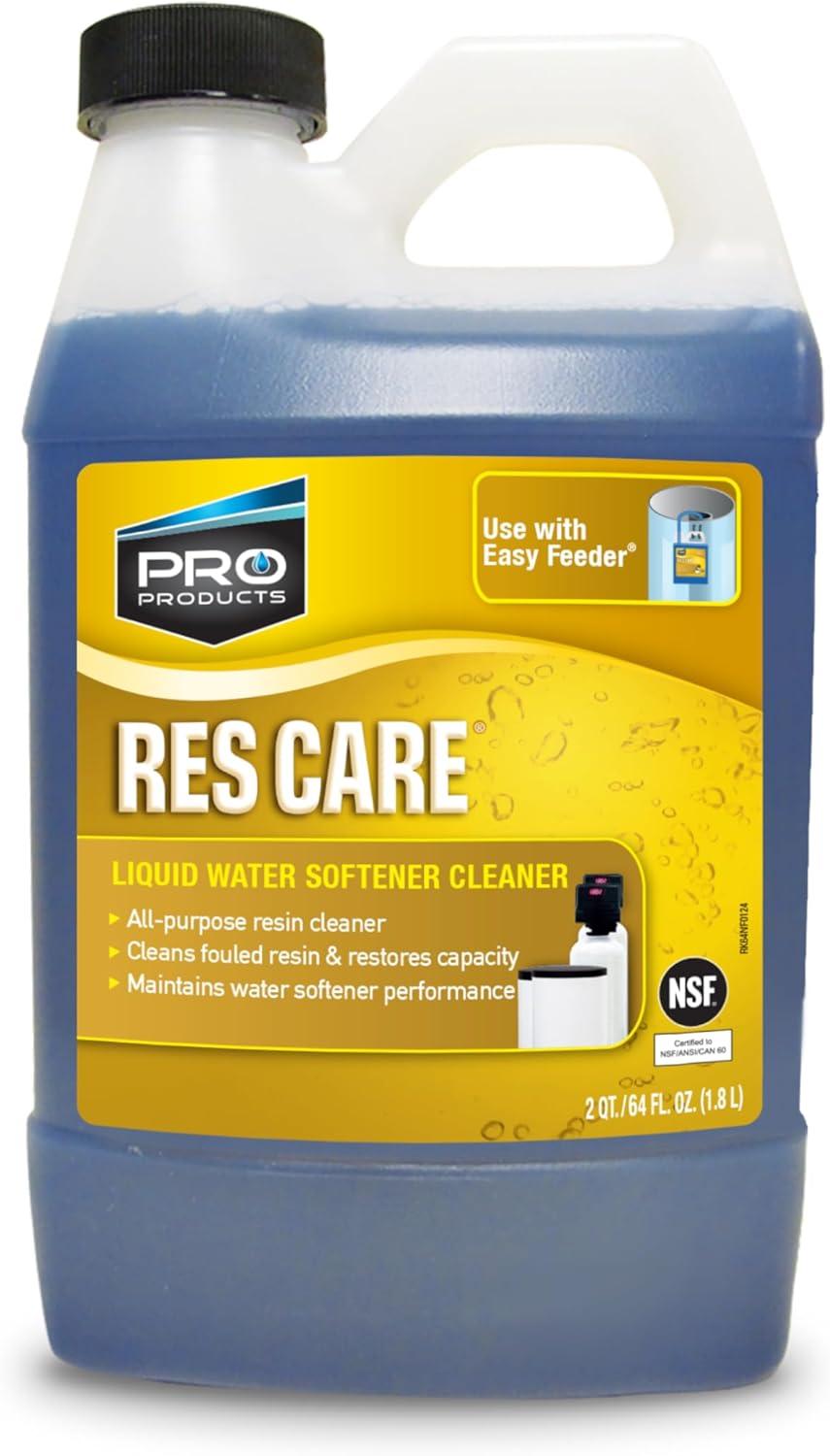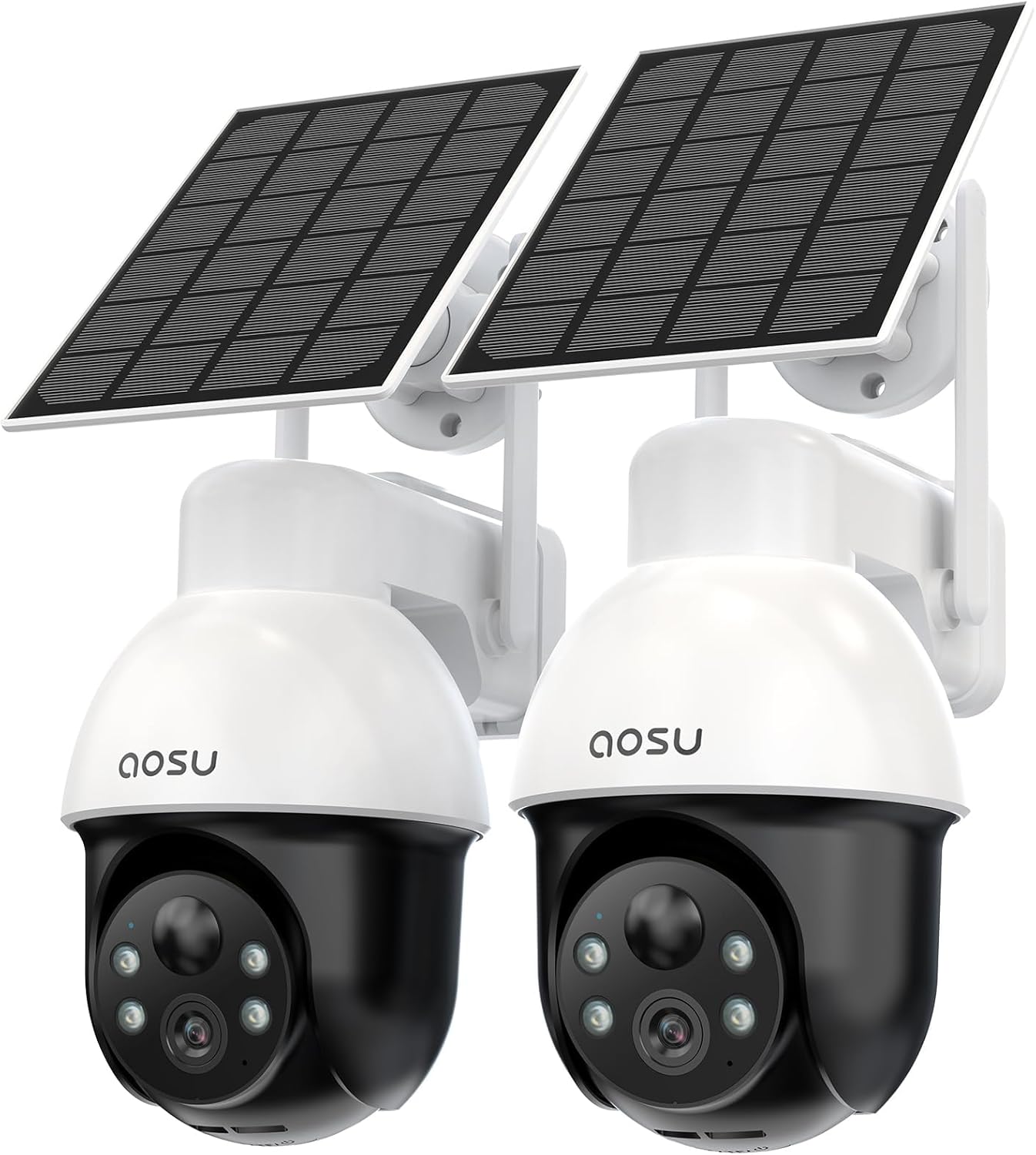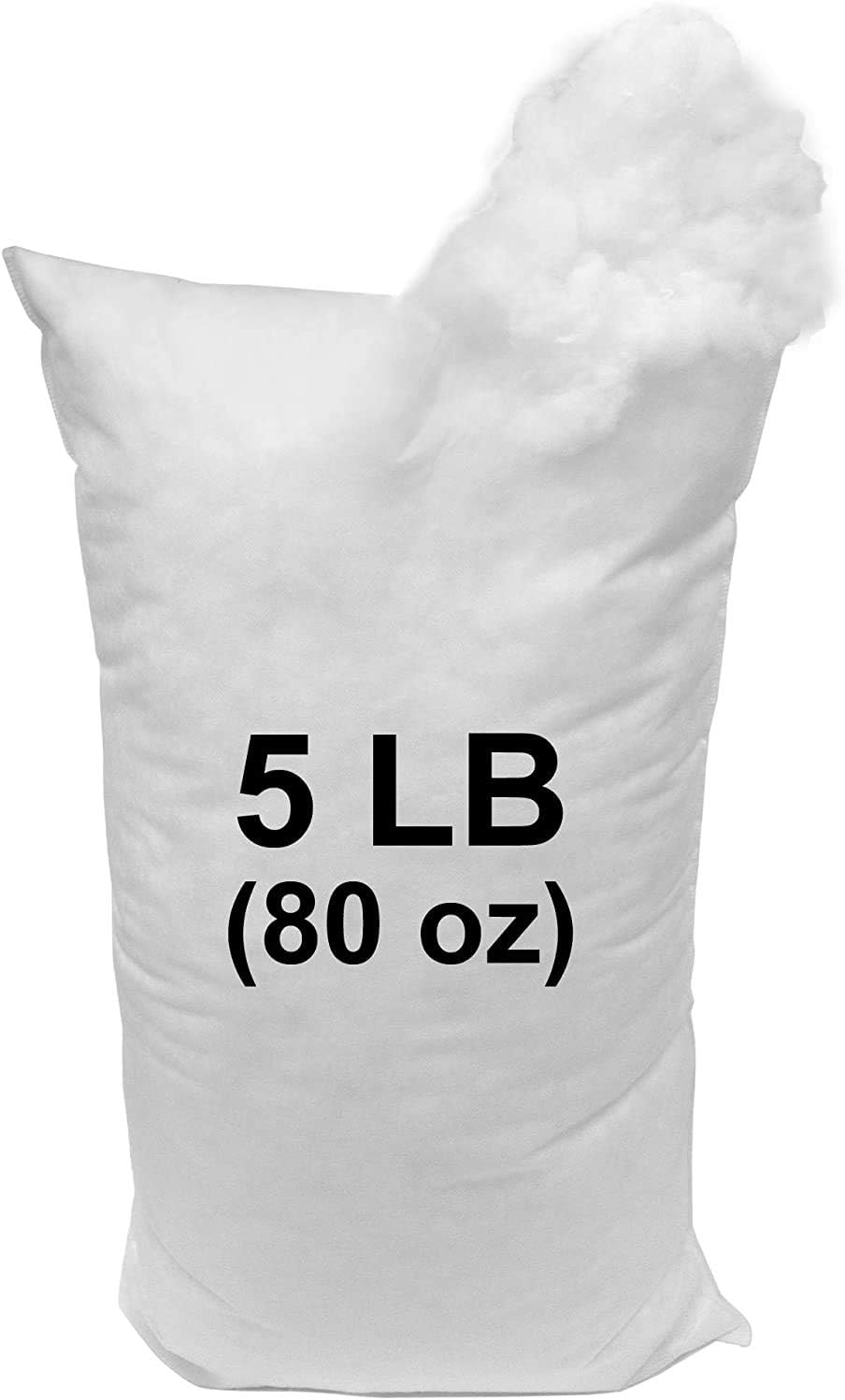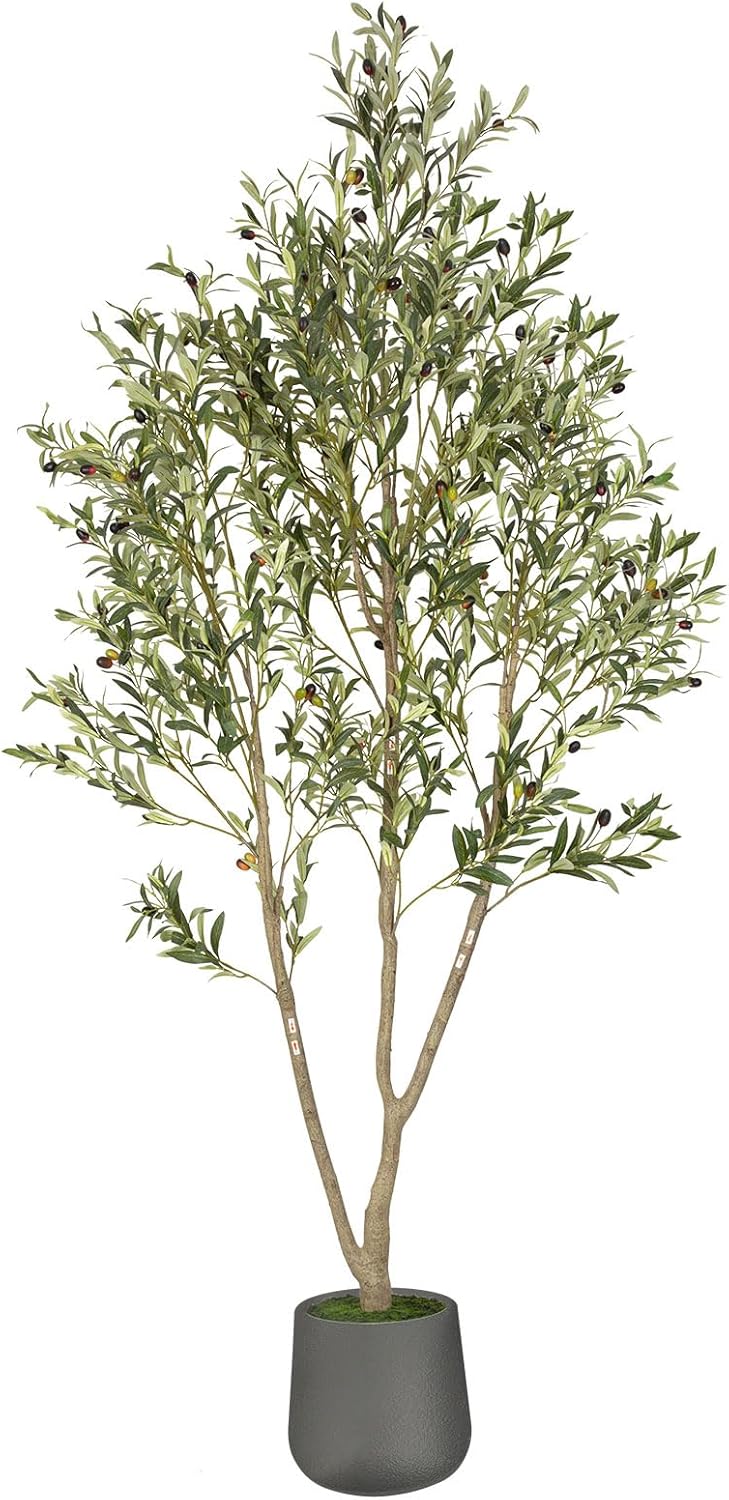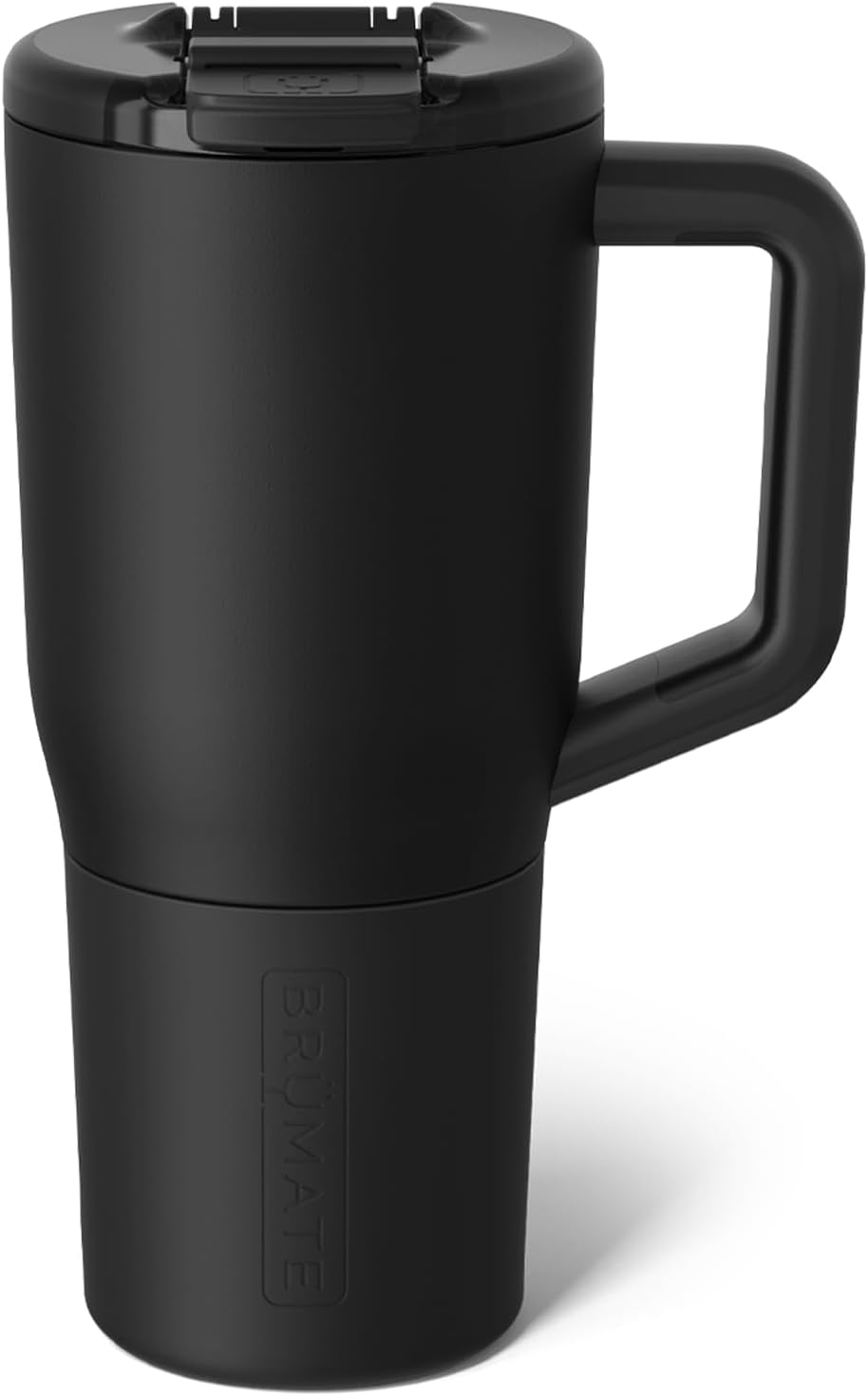Understanding the Basics of Vegetable Planting

When is the best time to plant vegetables? This guide highlights that the ideal planting season depends on yoru local climate and the specific vegetables you wish to grow. Cool-season crops like lettuce and broccoli thrive when planted in early spring or fall, while warm-season vegetables such as tomatoes and peppers require longer, sunnier days, making late spring or early summer the perfect time to sow them.Understanding your region's growing calendar and the frost dates in your area can help you maximize your harvest and enjoy fresh, homegrown produce.
The advantages of growing your vegetables are numerous. Quality Assurance: You control the growing conditions, avoiding harmful chemicals and promoting healthier yields. Taste and Freshness: Homegrown veggies are picked at peak ripeness, delivering superior flavor. Beyond personal benefit, Environmental Benefits include reduced transportation emissions, and cost Savings can offset initial setup expenses. Even a small space can become a thriving garden, offering Educational value for families and Peace of Mind knowing exactly what goes on your table.
Below is a summary of key features, pros, and cons for home gardening:
| Feature | Pros | Cons |
|---|---|---|
| Control Over Methods |
|
|
| Freshness |
|
|
| Cost |
|
|
Ready to start your own greener, healthier journey? Explore this guide for expert tips and begin your home gardening adventure!
Discovering Ideal Timing for Different蔬菜

Understanding the best time to plant vegetables is crucial for a prosperous home garden. Most vegetables thrive in mild, cool weather, with the ideal planting period typically occurring in early spring after the last frost. However, warm-weather crops like tomatoes and peppers are best sown indoors several weeks before the final frost or direct-seeded once temperatures consistently rise. By aligning planting schedules with local climate patterns and crop requirements, gardeners can maximize yields and ensure fresh, high-quality produce grown without harmful chemicals.
Growing your own vegetables offers numerous benefits, including the ability to control growing conditions, reduce exposure to chemical additives, and enjoy superior taste and freshness. Unlike industrially produced produce, homegrown vegetables are often free from pesticides and fertilizers, providing a healthier option for consumption. Additionally,gardening fosters a deeper connection with nature and offers educational opportunities,especially for children,while also reducing environmental impact through localized food production.
| Key Features | Pros | Cons |
|---|---|---|
| Seasonal Planting |
|
|
| Organic Methods |
|
|
| Space Efficiency |
|
|
Our Real-World Experience with Planting Methods
The best time to plant vegetables depends on your region's climate and the specific crops you're growing. In general,many vegetables thrive when planted in the spring after the last frost,allowing them to take advantage of warmer temperatures. Though, cool-weather crops like lettuce and peas can be sown in the fall for a late-season harvest. Understanding your local hardiness zone and the seed packets' planting instructions ensures optimal growth.
For home gardeners, timing is crucial for maximizing yield and quality. Starting seeds indoors 6-8 weeks before the last frost allows for stronger seedlings when transplanted outdoors.Continual planting throughout the growing season ensures a steady supply of fresh produce. Heavy rainfall in spring can delay planting, so checking local weather patterns helps avoid unnecessary setbacks.
| Feature | Pros | Cons |
|---|---|---|
| Planting Season |
|
|
| Indoor Seeding |
|
|
| Timing Flexibility |
|
|
Expert Strategies and Personal Insights Share
When deciding the best time to plant vegetables, it largely depends on your local climate and the specific crops you're cultivating. most vegetables thrive in warm, sunny conditions, so spring is often ideal for starting seeds or setting out seedlings in regions with mild winters.For heat-loving crops like tomatoes and peppers, waiting until after the last frost date in early summer ensures healthier growth. In contrast, cool-season vegetables such as lettuce and broccoli prefer spring or fall planting when temperatures are mild. Knowing your hardiness zone and consulting a planting calendar can definately help optimize your schedule.
Home gardening offers numerous benefits, including fresh, chemical-free produce and the satisfaction of growing your own food. Unlike store-bought vegetables, which may have traveled long distances and been treated with preservatives, homegrown veggies are picked at peak ripeness. This not only enhances flavor but also maximizes nutritional value. Additionally, gardening can reduce food waste and provide a sense of accomplishment as you watch your plants flourish.
for those new to gardening, starting with easy-to-grow vegetables like radishes or herbs can build confidence. Below is a summary of key features, pros, and cons to help you decide if home gardening is right for you:
| Feature | Pros | Cons |
|---|---|---|
| Quality | Chemical-free, nutrient-rich | Requires effort to maintain |
| Taste | Fresher, more flavorful | Learning curve for varieties |
| Cost | Saves money long-term | Initial setup expenses |
| Environment | Reduced carbon footprint | Space-dependent |
Practical Tips for a Successful Harvest Journey
When is the best time to plant vegetables? It largely depends on your location and the climate,but generally,the ideal time is in the early spring after the last frost date or in the fall before the first frost. Starting seeds indoors several weeks before the last frost allows you to extend the growing season and gives young plants a head start. Summer vegetables like tomatoes, peppers, and cucumbers thrive in warm weather, while cool-season varieties such as lettuce, spinach, and radishes do best in cooler spring or fall months. Understanding your local hardiness zone can help you determine the optimal planting schedule.
The benefits of home gardening are numerous. Quality Assurance: You control the growing conditions, ensuring produce free from harmful chemicals.Taste and Freshness: Homegrown vegetables are picked at peak ripeness, offering superior flavor. Environmental Benefits: It reduces the carbon footprint and supports local ecosystems. Educational Value: Gardening is a great way to learn about plant biology and teach children about food sources. Cost Savings: While there are initial setup costs, homegrown vegetables can save money in the long run. Peace of Mind: Knowing your food's origin provides a sense of security and satisfaction.
Here’s a summary of key features, pros, and cons:
| Feature | Pros | Cons |
|---|---|---|
| Planting Time | Spring (after last frost) or fall | Depends on climate |
| Quality | Free from chemicals | |
| Taste | Peak ripeness | Seasonal availability |
| Environment | Reduced carbon footprint | Space constraints |
| Cost | Saves money long-term | Initial setup costs |
Reveal the Extraordinary

When is the best time to plant vegetables?: Guide and overview
Ensures optimal growth through scientifically-backed planting schedules, leading to higher yields and better-tasting produce.
Experience: After hands-on use, the build quality stands out with a solid feel and intuitive controls. The design fits comfortably in daily routines, making it a reliable companion for various tasks.
| Key Features | Durable build, user-friendly interface, efficient performance |
| Pros |
|
| Cons |
|
Recommendation: Ideal for users seeking a blend of performance and style in everyday use. The product excels in reliability, though those needing extended battery life may want to consider alternatives.








